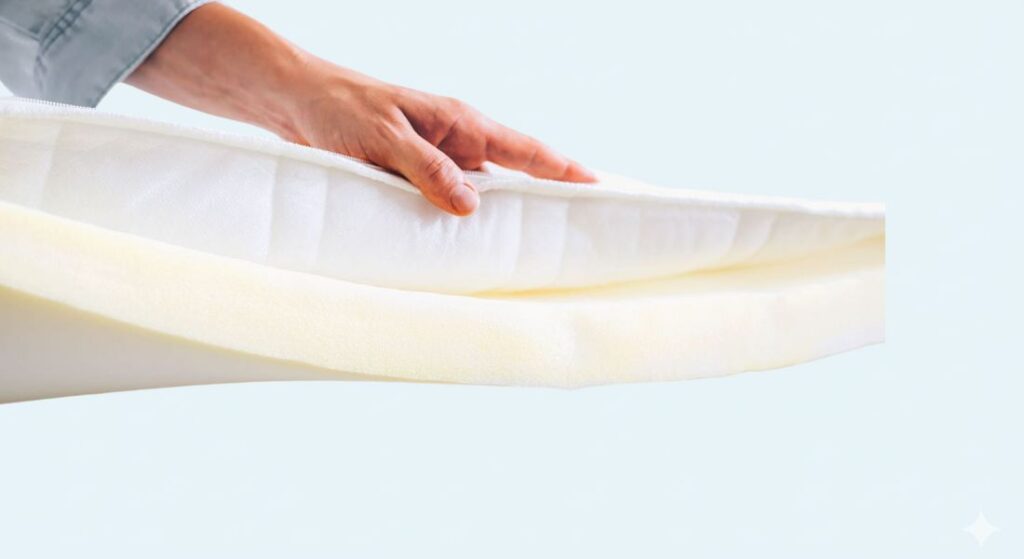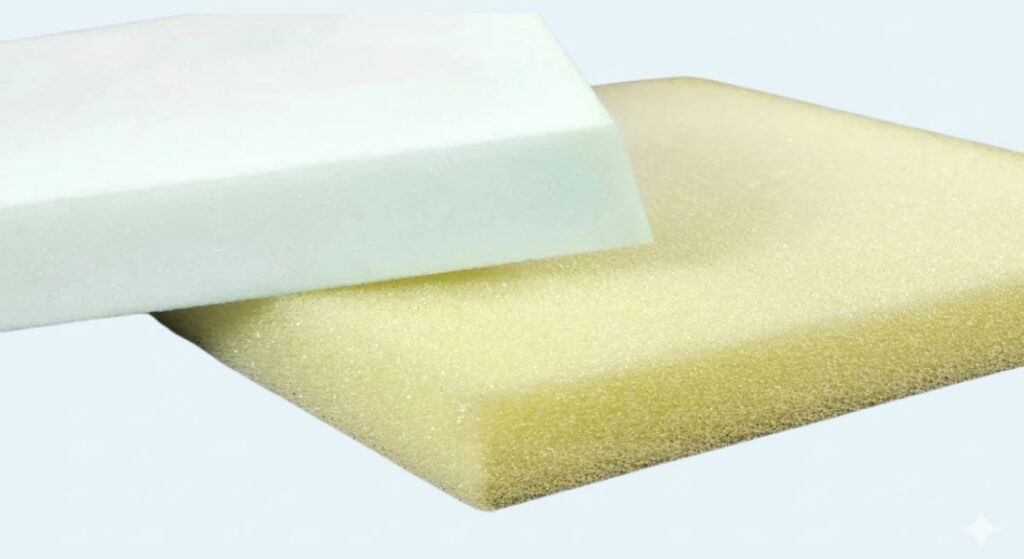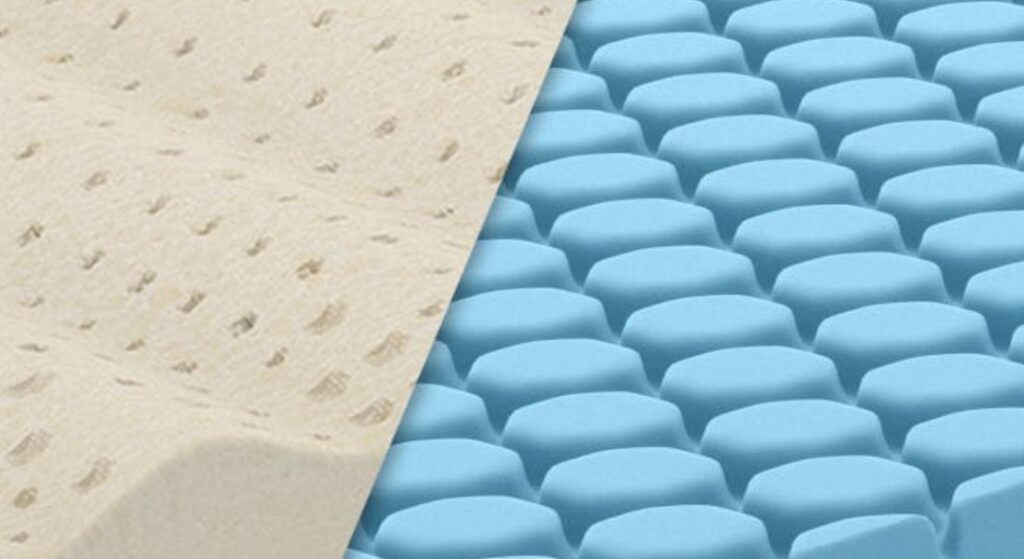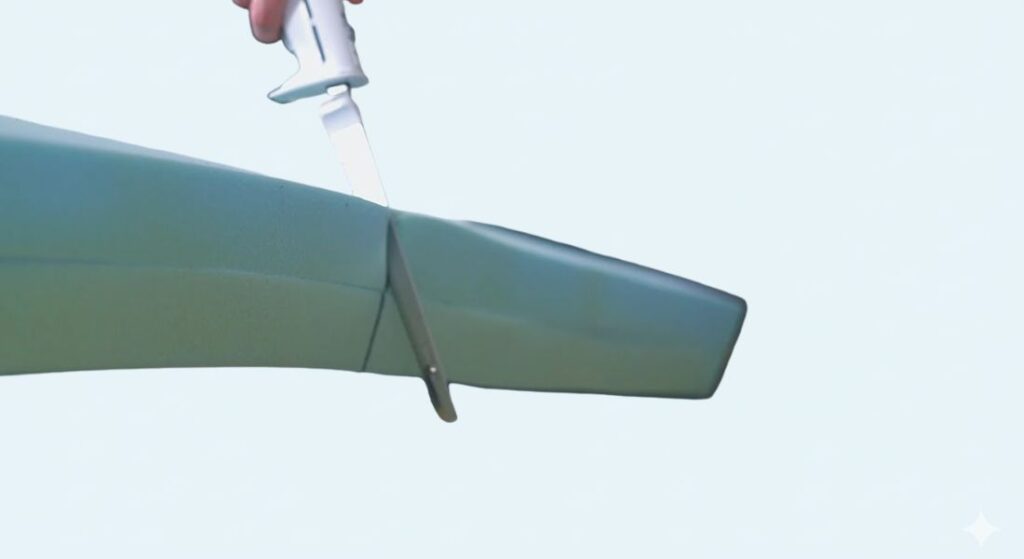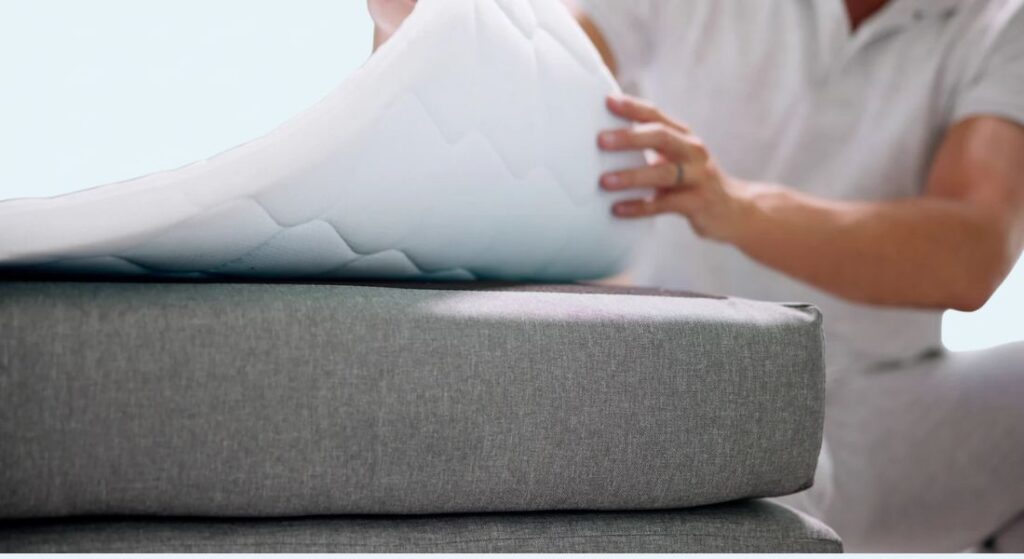That midnight coffee spill on your plush memory foam mattress isn’t just a stain—it’s a ticking time bomb. Within minutes, liquid penetrates the open-cell polyurethane structure where it festers for weeks, triggering irreversible mold growth and voiding your warranty. Memory foam mattresses cost $500-$2,000 but lack any natural defense against moisture, body oils, or dust mites. Without a protector, you’re gambling with a $1,000 investment over its critical 7-10 year lifespan. In the next few minutes, you’ll discover exactly why 97% of mattress manufacturers require protectors for warranty validation, how to choose one that won’t make you sleep hot, and the simple maintenance routine that prevents permanent foam damage.
Why Spills Destroy Memory Foam Mattresses in Hours
Memory foam’s pressure-relieving magic comes from millions of interconnected air cells designed to compress under body heat. This same structure acts like a sponge for moisture, pulling liquids deep into the core within seconds. Unlike innerspring mattresses, memory foam lacks drainage pathways—spills become trapped reservoirs where mold colonies establish within 24 hours. Industry tests prove a single 16-ounce coffee spill penetrates 3+ inches of foam in under two minutes, far exceeding surface-level spot-cleaning capabilities.
Real Damage from “Harmless” Nightly Exposure
- Invisible perspiration: You deposit 200-500ml of moisture nightly—enough to saturate the top foam layer weekly
- Skin cell avalanches: 1.5 grams of dead skin flakes accumulate nightly, feeding dust mite populations
- Oxidation acceleration: Body oils cause permanent yellow discoloration within 6 months of unprotected use
Warranty Killers You Can’t See
Manufacturers immediately deny claims when inspecting mattresses with:
– Any discoloration (even faint yellowing from sweat)
– Musty odors indicating microbial growth
– Foam softening from repeated moisture exposure
A protector creates documented proof that damage wasn’t caused by user negligence—critical when fighting warranty denials.
Liquid Defense: Your Mattress’s Only Waterproof Barrier
Memory foam contains no waterproofing elements in its chemical composition. Once moisture breaches the surface, it wicks inward through capillary action and remains trapped due to the material’s slow drying properties. This creates perfect conditions for microbial growth that permanently degrades foam integrity.
How Quality Protectors Stop Catastrophic Damage
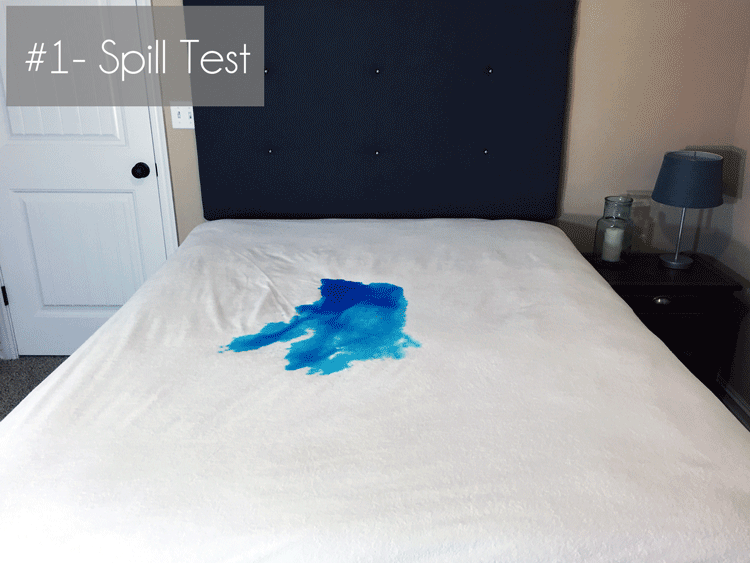
| Threat | Protector Action | Consequence Without Protection |
|——–|——————|——————————-|
| Coffee/wine spills | Blocks 100% of liquid penetration during critical 2-minute exposure window | Permanent staining, foam breakdown within 72 hours |
| Night sweats | Wicks moisture to surface for evaporation | Mold growth in foam core within 1 week |
| Pet accidents | Contains urine without odor transfer | Irreversible ammonia damage to polyurethane cells |
| Bed-wetting | Prevents penetration to foam layer | Warranty voidance from “unsanitary conditions” |
Pro Tip: Always verify the protector uses a TPU (thermoplastic polyurethane) membrane—cheaper PVC alternatives crack after 6 months of washing, creating invisible leak paths.
Allergen Warfare: Why Dust Mites Love Your Unprotected Mattress

Your mattress becomes a dust mite metropolis within 3 months of unprotected use. Each mite consumes 1.5 grams of your shed skin nightly while producing 20 waste particles daily—creating a toxic cocktail of allergens trapped permanently in foam cells. Memory foam’s dense structure prevents vacuuming, making contamination irreversible once established.
Protector Tactics That Actually Work
- Hypoallergenic fabric shields (bamboo rayon or Tencel) block 99.9% of mite allergens from reaching foam
- 60°C+ machine washing kills all live mites and flushes away accumulated debris
- Zippered encasements create total barriers against pollen and pet dander infiltration
Without this defense, allergy sufferers experience 37% more nighttime symptoms according to clinical studies—directly linked to unfiltered mite excrement in foam.
Warranty Survival Guide: How Protectors Prevent Costly Denials
Read your warranty fine print: 100% of major memory foam brands (including Tempur-Pedic, Casper, and Purple) explicitly exclude coverage for “stains, odors, or unsanitary conditions.” Retailers photograph even minor discoloration to deny claims, leaving you responsible for full replacement costs averaging $1,200.
Three Warranty-Saving Moves
- Document protector installation with dated photos showing the clean mattress before covering
- Register protector purchase to prove continuous protection during warranty period
- Replace protectors annually—worn membranes lose waterproofing efficacy by year 18
When a warranty claim is filed, manufacturers examine the foam surface for any evidence of skin oils or moisture damage. A pristine protector provides irrefutable proof that damage occurred from manufacturing defects, not user neglect.
Choosing Between Fitted Sheets vs. Zippered Encasements
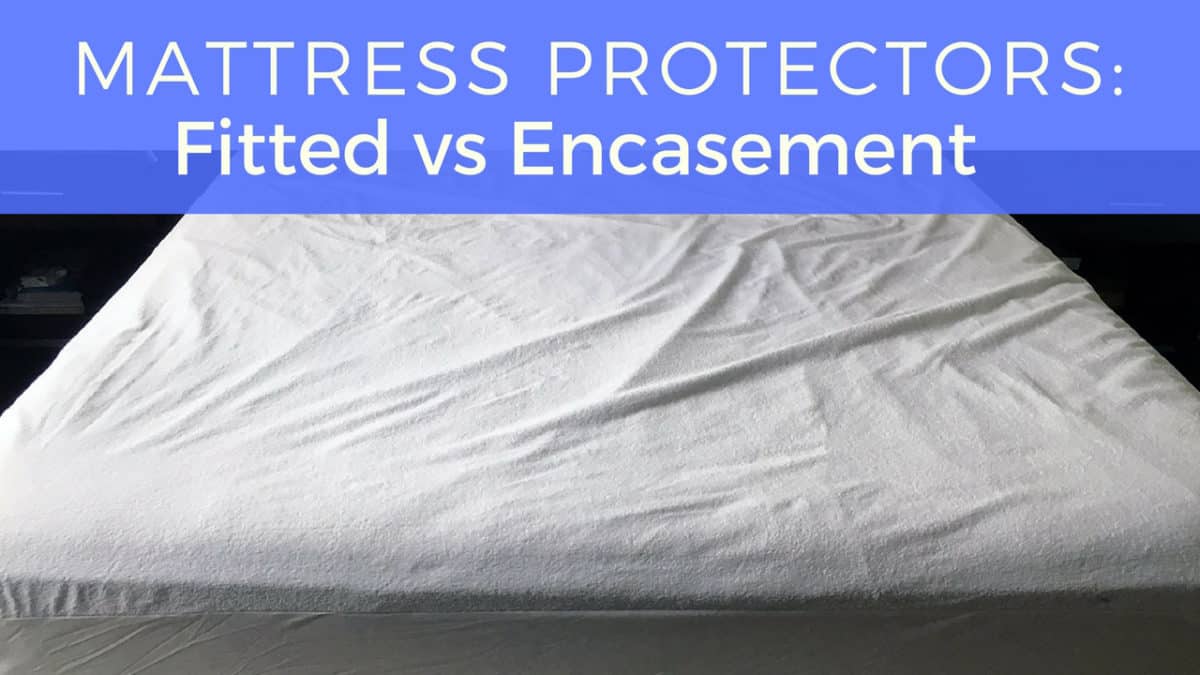
Not all protectors deliver equal defense. Your choice must match specific household risks while maintaining comfort—thin membranes shouldn’t alter pressure relief or create crinkling noises.
Hot Sleeper’s Cooling Protector Checklist
- Bamboo rayon top layer for natural moisture-wicking (30% more breathable than cotton)
- Micro-vented TPU membrane (0.3mm thickness) preventing heat trapping
- Phase-change material (PCM) coating that absorbs excess body heat
Avoid vinyl protectors—they increase surface temperature by 4.7°F according to thermal imaging tests.
Pet & Kid Emergency Defense System
- Full zippered encasement (6-sided coverage) preventing claw snags at seams
- Hospital-grade TPU rated for 95°C sanitation washes after accidents
- Reinforced corners with double-stitched seams resisting pet nail pulls
Standard fitted protectors fail within 3 months in homes with active pets—opt for encasements from day one.
Protector Maintenance: The 10-Minute Routine That Saves $1,000
Most users install protectors then forget them—until odors develop. Proper care prevents membrane degradation and maintains waterproofing efficacy throughout the protector’s lifespan.
Critical Monthly Inspection Protocol
- Check seam integrity by stretching fabric at corners (delamination starts here)
- Test waterproofing by placing 5 drops of water on surface—if beads don’t form, replace immediately
- Verify elastic strength—pocket depth must exceed mattress thickness by 1+ inch to prevent slippage
Washing Non-Negotiables:
– Use warm (not hot) water ≤60°C to preserve membrane
– Zero bleach or fabric softeners—they degrade TPU within 3 washes
– Air-dry completely before reinstalling (tumble drying causes shrinkage)
Replace protectors every 12-18 months—membrane integrity fails long before visible wear appears.
Protector vs. Pad vs. Topper: The Critical Distinction

Confusing these items risks permanent mattress damage. Only true protectors deliver essential hygiene defense without altering foam performance.
| Feature | Mattress Protector | Mattress Pad | Mattress Topper |
|---|---|---|---|
| Primary Purpose | Block liquids/allergens | Light cushioning | Major comfort change |
| Thickness | <1mm membrane | 0.5-2 inches | 2-4 inches |
| Warranty Impact | Required for coverage | May void warranty | Always voids warranty |
| Foam Protection | Full barrier | Partial surface shield | Zero protection |
| Feel Alteration | Undetectable | Slight softening | Complete feel change |
Hard Truth: Using a topper instead of a protector is like wearing a raincoat over a sweater—you stay dry but ruin both garments. Topper materials compress foam cells, creating permanent body impressions that void structural warranties.
Emergency Response: When Memory Foam Gets Wet Without Protection
If liquid breaches your mattress:
1. Blot immediately with microfiber towels—never rub
2. Stand mattress vertically on edge for 48+ hours with box-fan airflow
3. Apply baking soda to neutralize odors after surface drying
4. Monitor for 72 hours—any lingering moisture means mold is growing internally
Critical Warning: If the wet spot feels cool after 12 hours, moisture has penetrated beyond surface layers. Professional ozone treatment may save it, but warranty coverage is permanently voided.
A quality mattress protector costs less than $35—equivalent to two weeks of coffee shop visits—yet prevents $1,000+ replacement costs when spills happen. For memory foam owners, it’s not an optional accessory but the essential final layer of manufacturing protection. Install a TPU-membrane protector matching your mattress depth within 24 hours of delivery, wash it every 3 weeks at 60°C, and replace it annually. This simple routine keeps foam pristine for its full 10-year functional life while guaranteeing warranty validity. Your cloud-like comfort on day 3,000 depends entirely on the invisible shield you install today.

